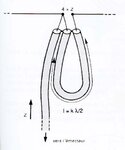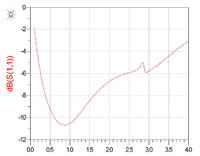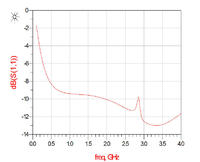robismyname
Full Member level 6

- Joined
- Jan 17, 2008
- Messages
- 390
- Helped
- 11
- Reputation
- 22
- Reaction score
- 9
- Trophy points
- 1,298
- Location
- Central Florida
- Activity points
- 4,603
Im using the CC2540. It has differential outputs. I am planning to make a Balun to make the output single ended so that it can interface to Inverted F antenna (Zo = 50 ohms).
My question is can the Balun be used to not only convert from differential to single output but to match to inverted F. Or do I have to make a different circuit after the balance stage to do the matching to Inverted F 50ohms characteristic impedance?
It is confusing to me because if you look at the reference design that TI provides for the CC2540 it shows a whole bunch of discrete passive components between the CC2540 and the antenna and I cant distinguish between the Balun circuitry and the matching circuit circuitry.
https://www.ti.com/lit/ds/symlink/cc2540.pdf
My question is can the Balun be used to not only convert from differential to single output but to match to inverted F. Or do I have to make a different circuit after the balance stage to do the matching to Inverted F 50ohms characteristic impedance?
It is confusing to me because if you look at the reference design that TI provides for the CC2540 it shows a whole bunch of discrete passive components between the CC2540 and the antenna and I cant distinguish between the Balun circuitry and the matching circuit circuitry.
https://www.ti.com/lit/ds/symlink/cc2540.pdf
Last edited:







